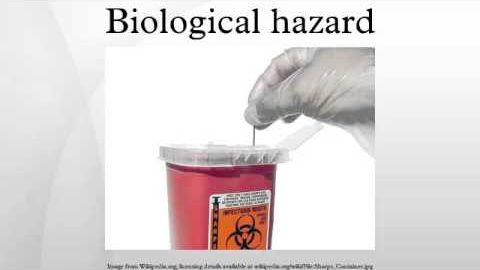
Subtitles & vocabulary
Biological hazard
00
Amy.Lin posted on 2015/08/21Save
Video vocabulary
testing
US
・
UK
- Verb (Transitive/Intransitive)
- To be given a medical examination
- To try to establish the truth or nature of
A1
More room
US /rum, rʊm/
・
UK /ru:m/
- Noun (Countable/Uncountable)
- All of the people inside a particular room
- Part of building enclosed by walls, e.g. kitchen
- Intransitive Verb
- To share a home with someone
A1
More level
US /ˈlɛvəl/
・
UK /'levl/
- Noun (Countable/Uncountable)
- Specific height of something
- Amount of ability you have compared to others
- Transitive Verb
- To aim a gun at someone
- To destroy a building; flatten an area completely
A2TOEIC
More Use Energy
Unlock All Vocabulary
Unlock pronunciation, explanations, and filters
